‘It’s really about normalising mental health’: What schools are doing so students seek help
Schools in Singapore are taking steps to improve mental health, from making counselling — and good counsel — more readily available, to getting youths to keep an eye on friends and peers who might need help.
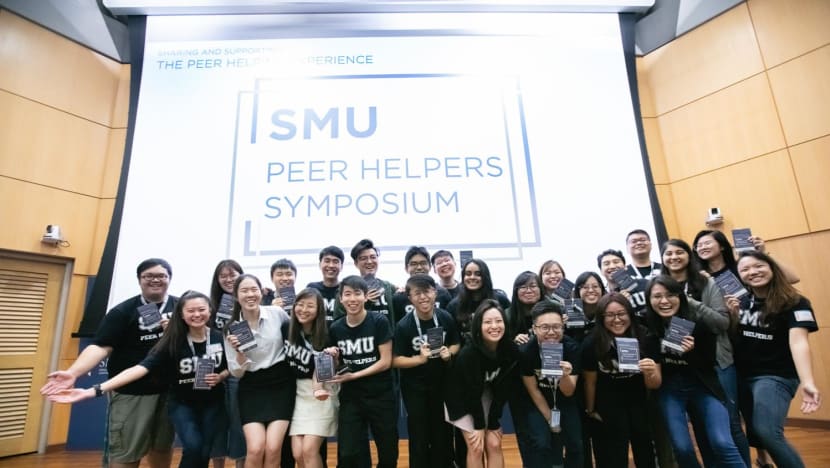
The Singapore Management University (SMU) has a peer support programme called SMU Peer Helpers. Its members are seen here in a symposium held before the pandemic. (Photo courtesy of SMU)
SINGAPORE: When Kranji Secondary’s peer support leaders last year initiated a project called #SAFESPACE to increase awareness of how words can hurt, they did not expect many to respond.
They had made a video calling on students to submit notes on hurtful things others have said to them before.
“We emphasised that it was optional, and we thought that a lot of students wouldn’t be willing to share,” said Felicia Mah, the teacher in charge of Kranji Secondary’s peer support leaders. But 400 to 500 note cards were submitted.
Following the project, a Secondary Three student in her form class approached her. The student had noticed the number of notes relating to body image and volunteered to share her experience with anorexia, an eating disorder, with the student body.
Speaking over the public address system during morning assembly, she told her schoolmates what they could do if someone around them showed symptoms of the illness.
Urging them to be kinder, she said: “Your nasty words could’ve changed someone else’s life completely and definitely not in a good way … We should take care of our words and not be so reckless to say what we want.”
The impact of schools’ measures to boost mental health is not always tangible or measurable. But sometimes, as in this case, students send a clear signal that it has made a difference.
WATCH: Why children and teenagers struggle with mental health | Confronting youth mental health — Part 1/2 (24:04)
DESTIGMATISING GETTING HELP
More schools in Singapore are making efforts to get rid of taboos around seeking help for mental health.
Each of the three Institute of Technical Education (ITE) campuses, for example — which have 28,000 students in total — has eight counsellors, known as student care officers.
They introduce themselves to new students during orientation, and their contact details are available in classrooms, on the ITE website and through QR codes flashed on television screens on campus, said ITE student care officer Rachel Chung.
“We want to make sure the students know that the door is always open for them … be it for a small matter or huge one.”
The officers also organise activities based on feedback from students and staff, added Chung, who is based in ITE College West.
For instance, after lecturers at ITE College West noticed some hospitality students worrying about career prospects amid the pandemic, the officers worked with their education and career guidance colleagues to present talks to first-year hospitality students — to brighten their outlook and tell them how they could apply their skill set.
Over at Crescent Girls’ School, meetings with the school counsellor need not be held in the counselling room but in the canteen instead or elsewhere in school, if students wish.
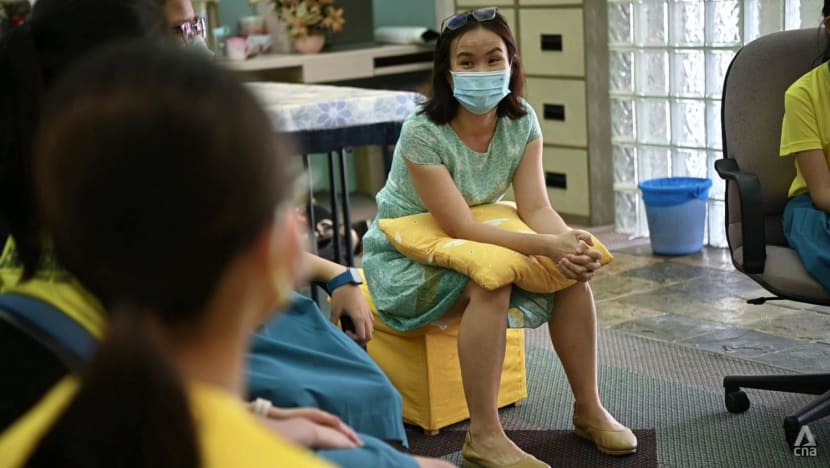
“Within the culture of the school, meeting a counsellor isn’t a bad thing,” said Chris Kwok, who heads Crescent Girls’ character and citizenship education (CCE) department. “I don’t think our girls have that stigma or that fear of … being seen meeting a counsellor.”
It is a deliberate endeavour. At the start of each year, the school counsellor introduces herself in a talk during morning assembly. As part of the school’s CCE module, she meets about 10 students from each Secondary One class for a “chit-chat session”.
This is to establish contact and become a familiar face with the students, said Kwok. “The main idea, for Crescent, is that seeking help isn’t a sign that you aren’t coping. Rather, it’s about you growing into who you want to be.”
What students share with school counsellors is confidential unless a student’s safety is at stake, according to the schools CNA Insider contacted.
TIPS FOR SCHOOLS
— Location matters. Where schools site their counselling room or centre is important. A central location is good “because we don’t want to stigmatise it and put it in some basement, hidden away”, said Yale-NUS College associate dean of students Cory Owen.
But it should not be in such a public place that people are deterred from going for counselling. Neither should it be in a place with so little foot traffic that “if you go down that corridor, everyone knows where you’re going”.
— Know your population. If your students come from many countries and cultures, counsellors must be adept at working with different communication styles, said Owen.
“If you work at a college that has a high level of, maybe, disordered eating because of … sports, then you may want to have counsellors who are specifically trained in disordered eating.”
— If the school has multiple counsellors, it is important to let students know that they can switch counsellors any time and that finding a good fit could take a while.
Owen also reminds people that although they may not find a “perfect fit”, they should consider whether the counsellor is “someone you can grow with … (and) can be vulnerable with, because that’s the most important part”.
— Use language and methods that are supportive. “Even if you don’t agree with somebody’s assessment, life choice or whatever they’re struggling with, (understand) that we don’t bring our own preconceptions into it, but (rather) allow them to talk in a safe space,” said Owen.
“If you’re not comfortable, make sure you refer them to someone in a non-judgemental way so that they don’t feel they’re being rejected, but rather that you’re helping them find a resource that’s going to be better suited for them.”
— Destigmatise. For instance, let students know that seeking help is “more common than people think”, said Owen. “If we tell them how many hours of counselling are utilised by students every year, all of a sudden it feels less stigmatising.”
PEER SUPPORTERS OFFER A LISTENING EAR
Singaporean schools are also tapping youths to keep an eye on friends and others who may need help. And youths are stepping up to the plate. Since October last year, all schools and institutes of higher learning have had a peer support structure in place, according to the Ministry of Education (MOE).
At some institutions, peer support programmes have been around for much longer.
The Singapore Management University’s programme, for example, started in 2004. Its peer helpers manage a campus space called Cosy Haven, where students can drop in and de-stress in a massage chair, play video games or chat with a peer helper.
“Because (peer helpers) are fellow students, they go through the same academic stressors … the same difficulties in the classroom, in their co-curricular activities and so forth,” said SMU dean of students Paulin Straughan.
WATCH: Are young people getting the help they need? | Confronting youth mental health — Part 2/2 (31:15)
Similarly, at the Yale-NUS College, the P.S. We Care student group operates online or from a space in the counselling centre — COVID-19 measures permitting — from 9pm to midnight, six days a week.
Peer supporters at university may go through rigorous training that includes the basics of suicide intervention, and role-play.
The first thing that undergraduate Ong Wen Hao learnt in SMU Peer Helpers was “not to give advice but to listen instead and to understand what the friend needs”.
In the past, when his friends talked to him about their problems, he would not know how to proceed after saying, “Uh, okay, thanks for telling me that.”
“I’d just stare at them awkwardly, and then they look sad, and they stare back at me awkwardly,” said the 23-year-old third-year political science student.
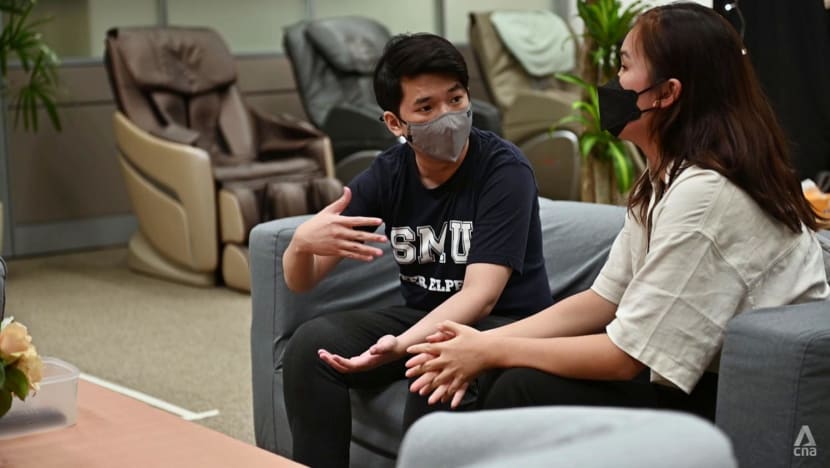
At secondary school, they are taught the CHEER model, among other things.
“Calm them down, hear them out, empathise with them, encourage them to seek help and refer them to a trusted adult,” said Kranji Secondary student Chiam Zhi Quan, explaining the acronym. “Normally … I only really need to do the first three steps.”
BUILDING TRUST
Schools say they regularly check in with peer supporters to ensure that they are well-supported.
At Crescent Girls’ — one of the pioneers in peer support, with a programme in place since 2018 — teachers initially nominated students as peer supporters. But around two years ago, it let students volunteer themselves and nominate others.
Besides wanting to be “enabling”, there is another benefit from this: Students trust those they have nominated and are willing to share their concerns and challenges with the peer supporters, said Kwok.
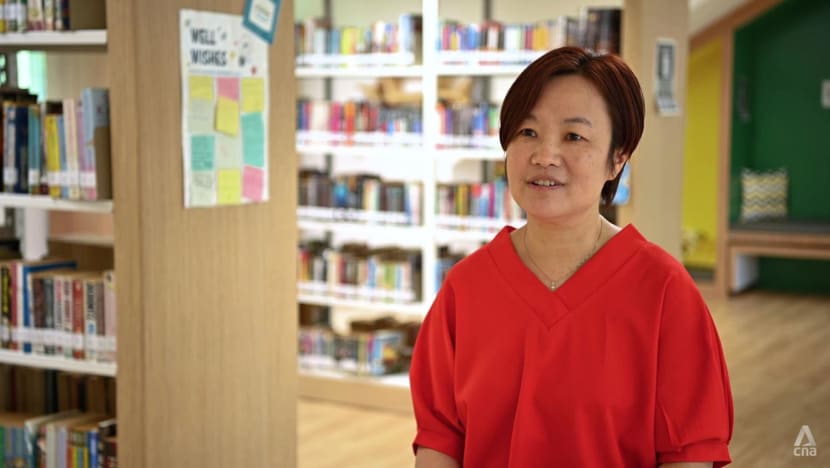
For ITE student Nur Ezra Qistina Rosli, being a peer supporter does not mean all her own insecurities have disappeared.
“Sometimes … I feel like, oh my God, I’m a mentor and my grades are like this! And I have a fear of failing — how am I going to be able to help someone else?” she cited.
But serving as a mentor to two classmates has made her feel she is making a difference.
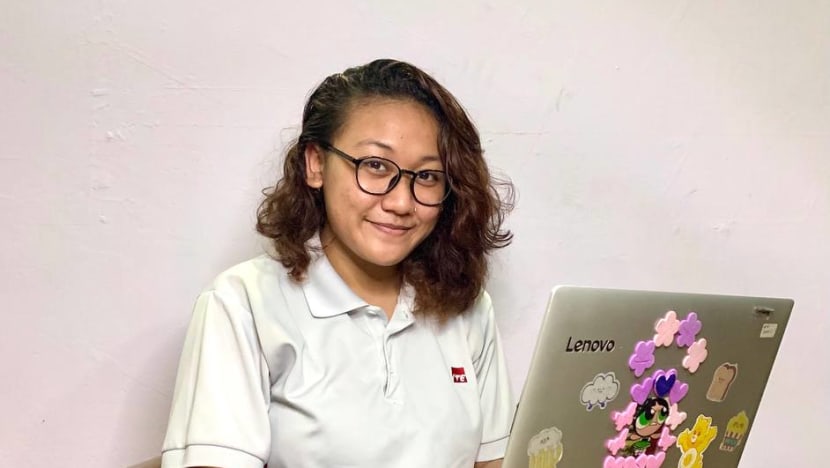
Clinical psychologist Joel Yang said the MOE’s peer support programme is probably still in its infancy, but the intent to train more youths as well as educators in skills like active listening is good.
“It’s really about normalising mental health,” he said.
This article by CNA Insider was done in partnership with Temasek Foundation and the Institute of Mental Health. Read Part 1 on how more youths are seeking help with mental health, but finding it isn’t always easy. Part 2 is the mental health story for every parent: My child has depression, and I’m thankful for COVID-19.





















